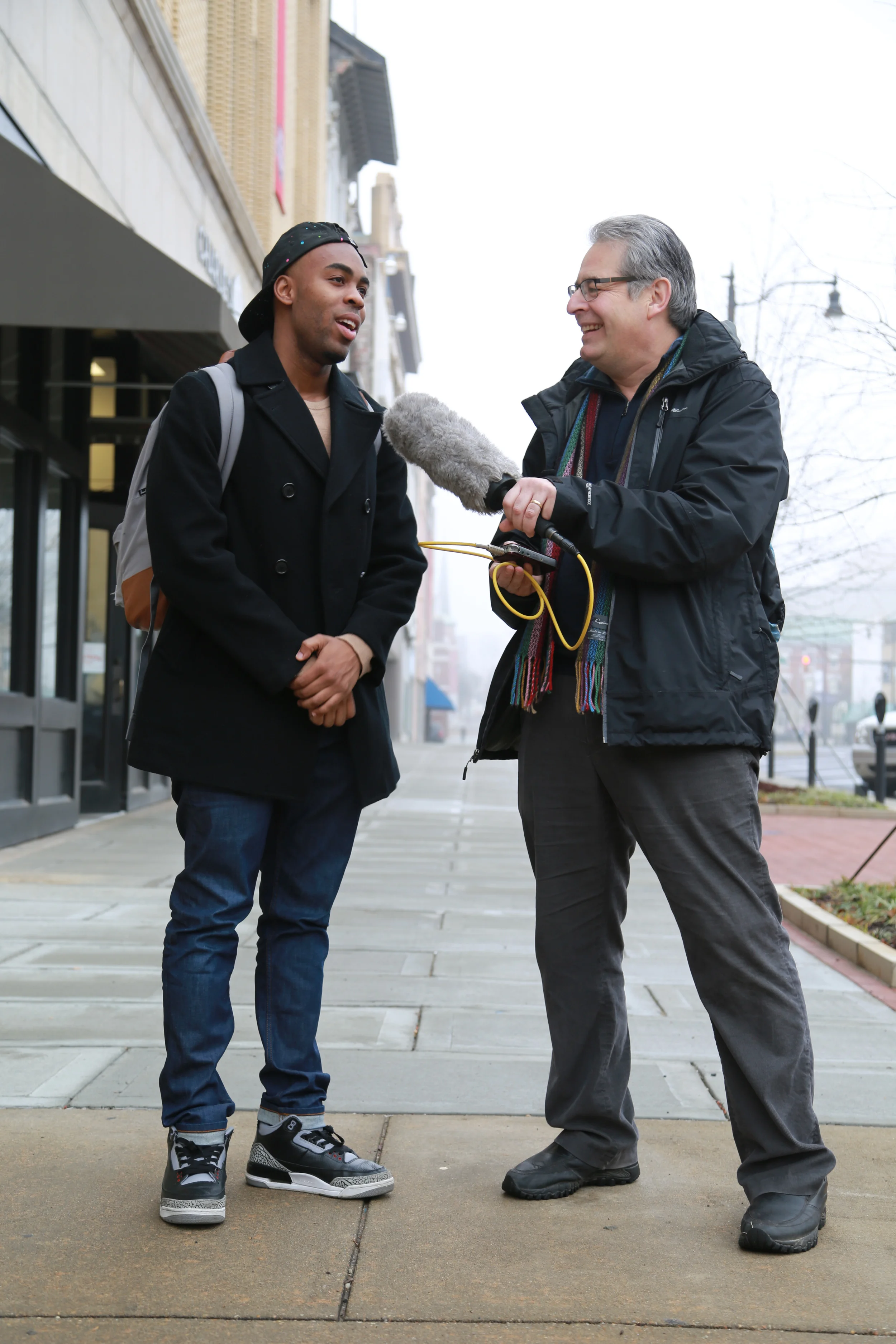The teen-aged Della Mae Simpson Maynor so wanted to be on the front line at the voting rights march in Marion, Alabama, February 18th, 1965 that she literally pushed her way up until she was standing right behind the leaders. So she witnessed the billy clubs crack heads wide open. She felt the pain as one swipe cracked her elbow.
Our group had met Della Mae at the performance of a play about Fannie Lou Hamer performed at nearby Judson College. She lunched with us and then agreed to meet us in Marion at the monument outside her church that honors the foot soldiers who changed the direction of American society.
The murder of Jimmie Lee Jackson infuriated Dr. King and the other civil rights leaders, sparking their decision to march from Selma to Montgomery. It was at the Edmund Pettus Bridge in Selma March 7th, 1965 that the brutality of the Jim Crow south was on display on TV's across the world.
Della Mae Simpson Maynor is another of the thousands of citizens from across the country and the world who pushed for equal justice. It was to honor her and the people like her that President Obama came to Selma to speak the 50th anniversary of "Bloody Sunday."
Della Mae Simpson Maynor remains a foot soldier in the struggle for voting rights. She still lives in the small town of Marion and continues to tell her story and to teach students about the possibilities for a more just future.


